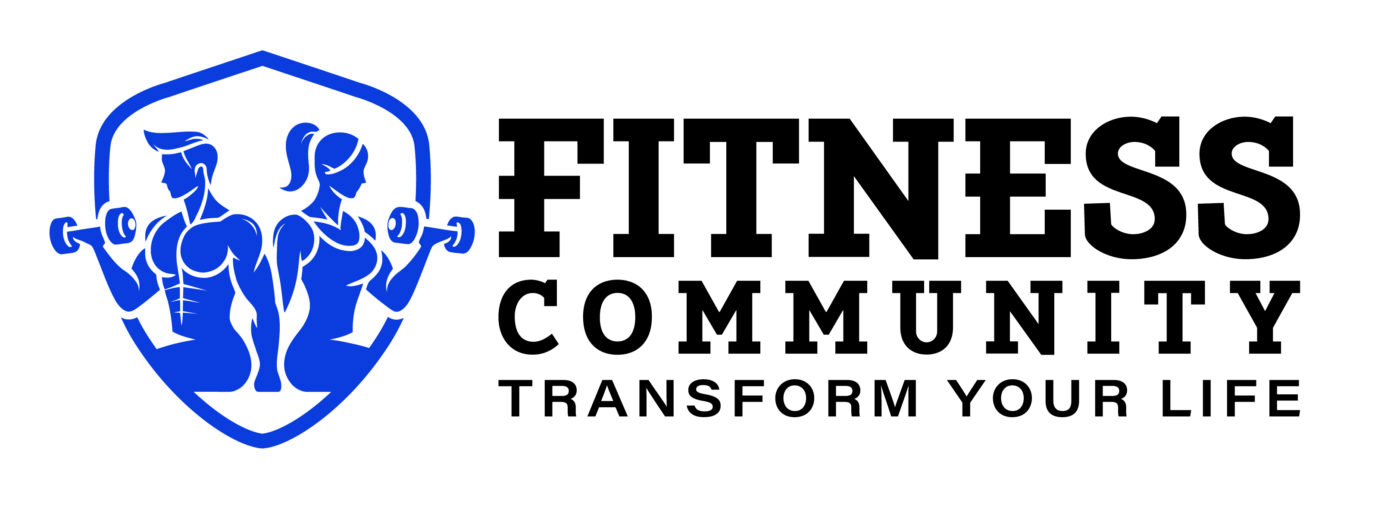HIGH-INTENSITY INTERVAL TRAINING
5 Common HIIT Myths Debunked: What You Need to Know for Maximum Results
Debunking Common Myths About High-Intensity Interval Training (HIIT) and How It Can Benefit Your Health
High-Intensity Interval Training (HIIT) is a workout technique that alternates short bursts of maximum effort with brief recovery periods. This workout style has gained popularity due to its impressive health benefits, including lowering the risk of cardiovascular disease, burning fat, improving body composition, and boosting cognitive function. Moreover, HIIT has been shown to enhance VO2 max (the body’s ability to consume oxygen) more effectively than continuous aerobic training, despite taking less time to complete.
However, as with any fitness trend, there are several myths surrounding HIIT that can lead to misunderstandings and hinder your performance. Here, we debunk five of the most common misconceptions about HIIT and provide tips to maximize your workout results.
1. Longer Isn’t Always Better
While traditional workouts may encourage longer sessions, HIIT is designed for short, intense bursts of effort. You don’t need to work out for 30 to 60 minutes to reap the benefits of HIIT. In fact, when the duration of your high-intensity exercise exceeds 30 minutes, the intensity tends to decrease, and you may not be working at your maximum potential. A more effective approach would be to break your workout into intervals, such as:
Work: 7 minutes
Rest: 2 minutes
Work: 6 minutes
Rest: 2 minutes
Work: 5 minutes
This brings the total time to 22 minutes, which can be just as effective, if not more so, than a longer session. If you’re running outdoors, consider replacing a 5K jog with eight 400-meter sprints for a challenging and efficient HIIT workout.
2. You Can Integrate HIIT Into Everything
It’s important to remember that not every exercise is suitable for HIIT. High-intensity intervals require exercises that challenge both your cardiovascular system and your muscles. To achieve this, focus on full-body, compound movements like burpees, kettlebell swings, dumbbell snatches, kettlebell clean and presses, and sprints on machines like the rower or hill sprints. Single-joint exercises, such as bicep curls and tricep extensions, do not provide the same benefits for cardiovascular conditioning or fat burning.
If you’re able to carry on a conversation while performing high-intensity intervals, you may not be working at the right intensity. Make sure you’re pushing yourself to your limits for maximum results.
3. HIIT Is All You Need to Shed Fat
HIIT workouts do indeed trigger excess post-exercise oxygen consumption (EPOC), or afterburn, which boosts your metabolism for up to 48 hours after a session. However, relying solely on HIIT for fat loss is not a magic solution. It’s crucial to pair HIIT with a healthy diet to see lasting results. Overeating after a HIIT workout, especially indulging in high-calorie or unhealthy foods, can counteract the calorie burn. Instead, focus on a balanced, high-protein diet to fuel your muscles and aid in recovery. This combination of nutrition and exercise will help you achieve better results in the long term.
4. HIIT Training Will Bulk You Up
A common misconception is that HIIT will cause you to bulk up and gain excessive muscle mass. In reality, HIIT helps to burn fat while maintaining lean muscle mass. It improves your cardiovascular endurance and enhances your body’s work capacity (the ability to perform at different intensities and durations). For muscle growth, bodybuilding exercises like heavy weightlifting are more effective. Don’t be afraid to use challenging weights during your HIIT workouts—such as heavy kettlebells or dumbbells—because they engage multiple muscle groups, elevate your heart rate, and boost your metabolism without necessarily leading to bulk.
5. You Need Fancy Equipment for HIIT
One of the best things about HIIT is that it can be performed with minimal or no equipment. While dumbbells, kettlebells, and resistance machines are helpful, bodyweight HIIT workouts are equally effective at burning fat and increasing cardiovascular fitness. You don’t need a gym membership or fancy equipment to get started—your body weight is all you need to achieve a great workout.
Try the Do-It-Anywhere Chipper Workout:
If you’re looking for an effective bodyweight HIIT workout you can do anywhere, try this chipper workout, designed to push your limits and maximize fat burning:
Directions:
Perform each exercise with 30 seconds of rest in between. Give 100% effort during the exercises. Repeat every other day with the goal of completing it faster each time, reducing your rest time as your fitness improves.
60 sit-ups
50 jump squats
40 pushups
30 split jumps (jumping lunges)
20 triceps dips
10 burpees
Incorporating these tips into your HIIT training can help you avoid common pitfalls and maximize the results of your efforts. Remember, the key to success with HIIT is intensity, not duration, and combining it with proper nutrition and recovery is essential to achieving long-term fitness goals.

